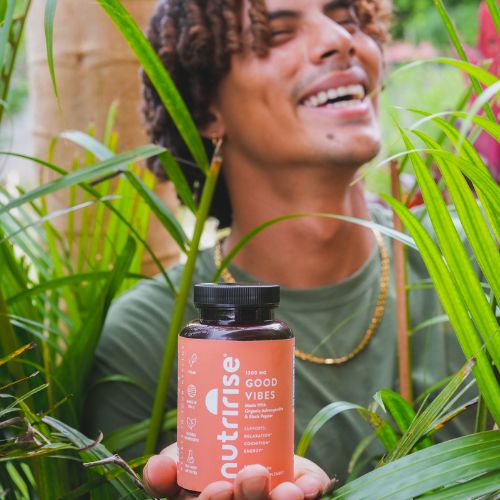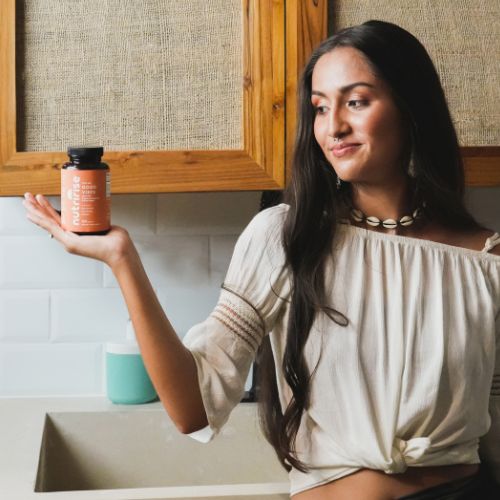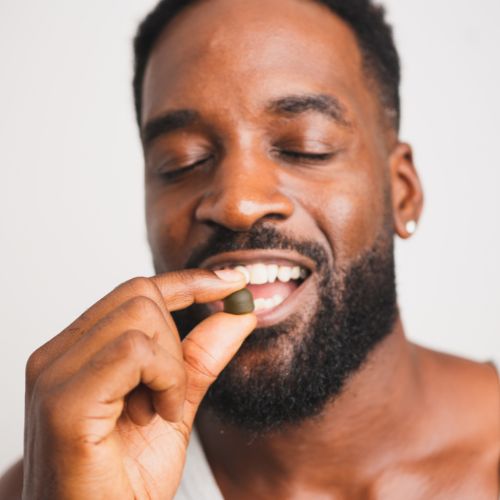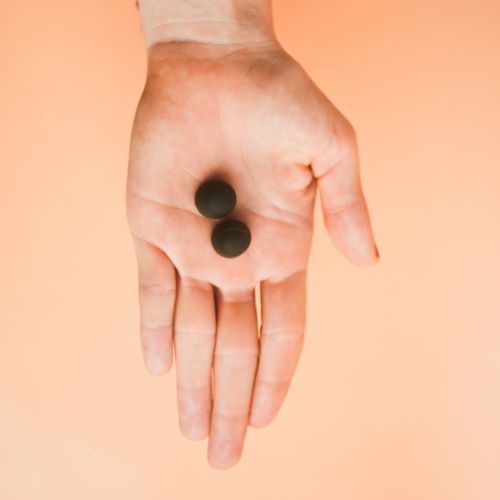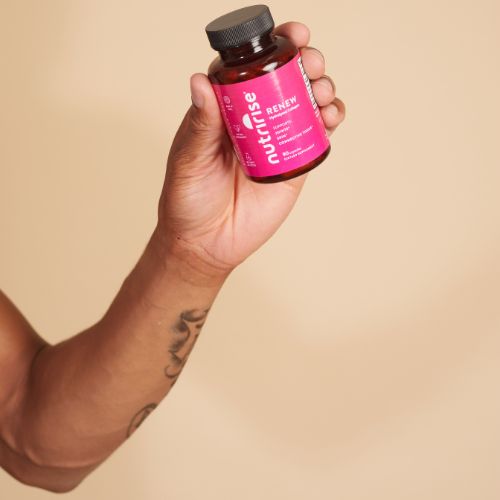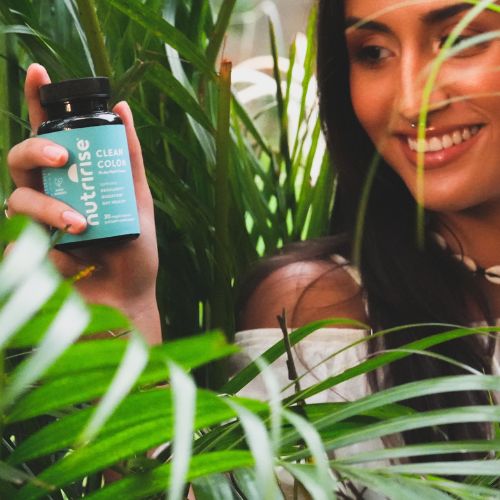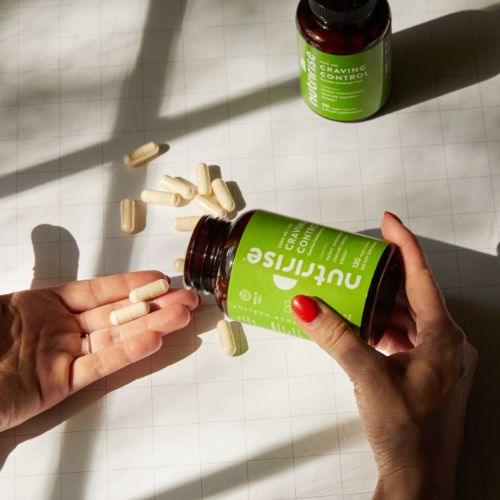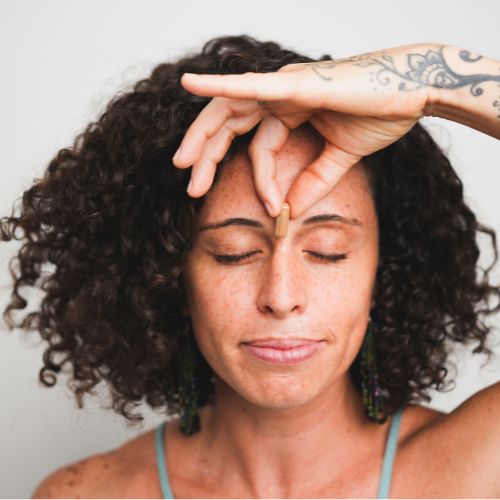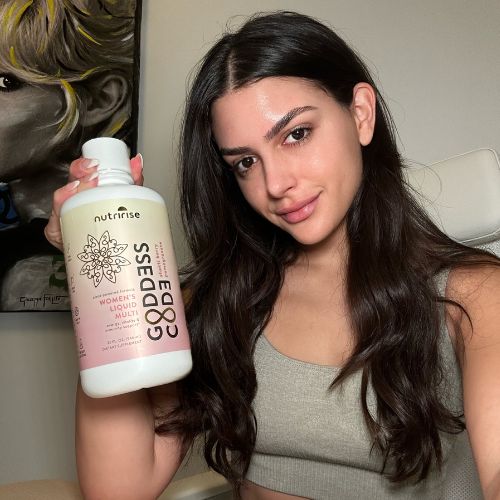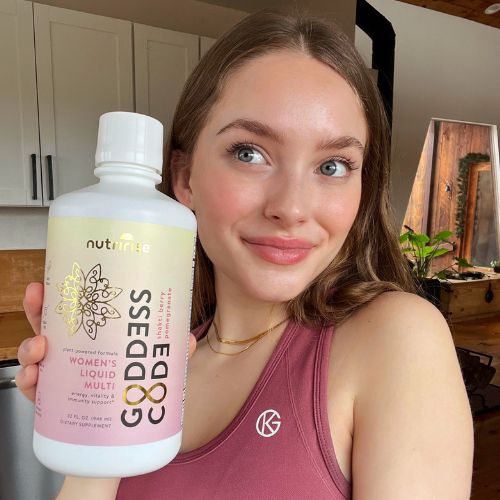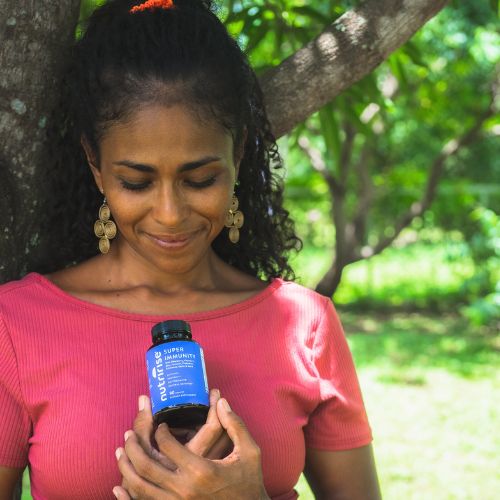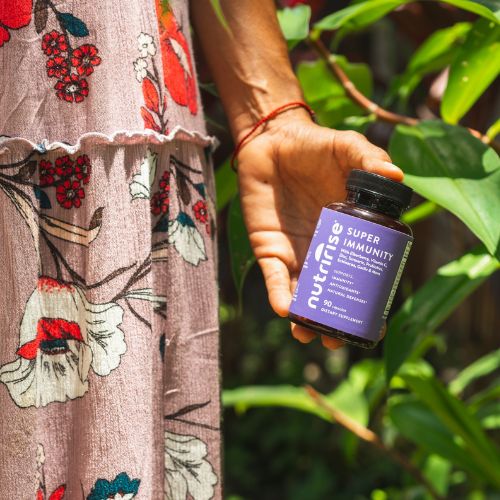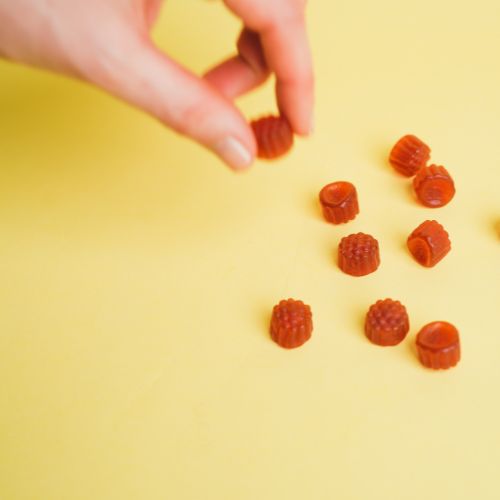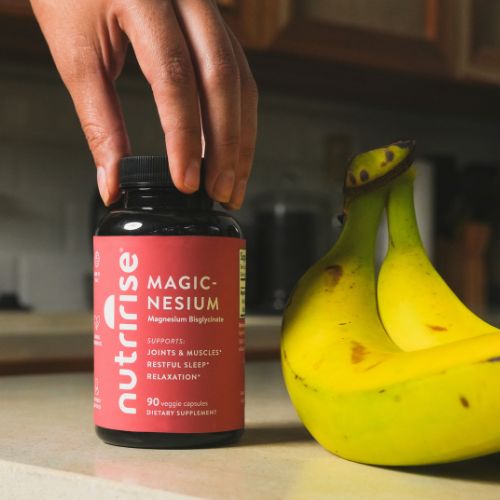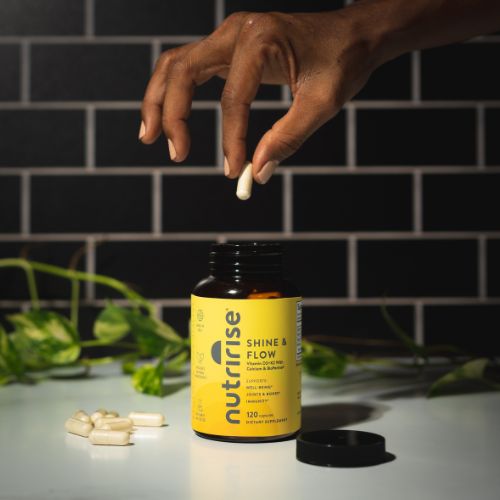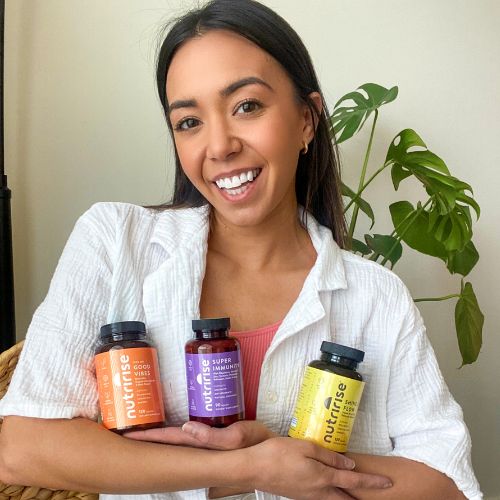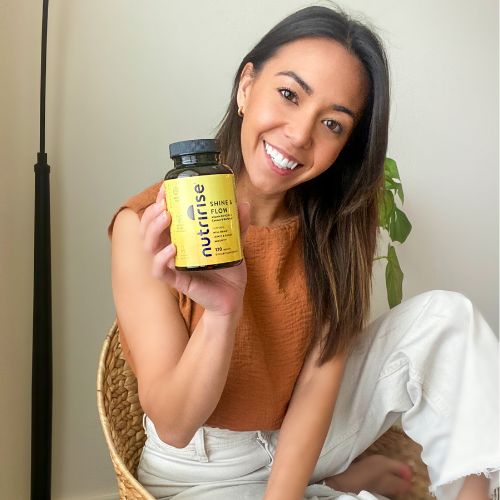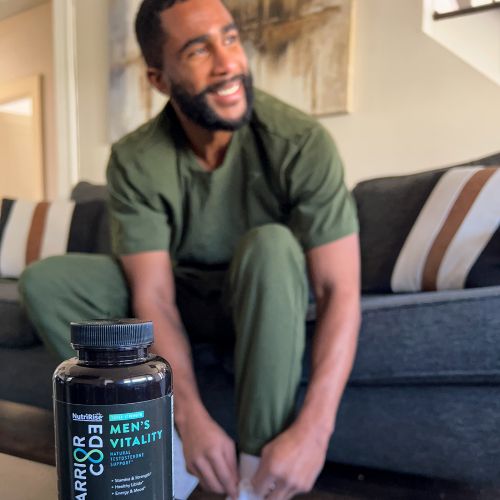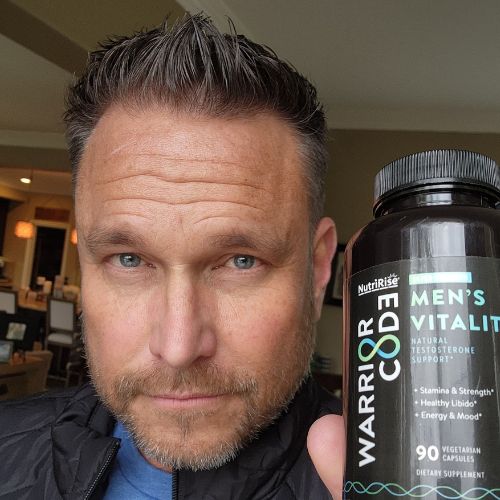In the United States, low back pain is one of the most common reasons why people show up at the doctor’s office. Doctors usually treat back pain with opioids, steroid injections, bed rest, and surgery. But there’s a big problem with these strategies—scientists have failed to find evidence that they’re effective in reducing low back pain. Instead, they’ve found evidence showing that these treatments can produce harmful side effects and complications.
If traditional methods of treating low back pain aren’t effective, what should you do to get relief? Take a look at these 5 evidence-based alternatives:
1. Get moving
If your back hurts, it may seem intuitive that rest is the best way to treat it. However, science shows that staying in bed can actually do more harm than good. Why? Because when researchers have studied people with low back pain, they’ve found that staying active can reduce low back pain whereas avoiding activity can delay recovery. Doing regular exercise can reduce low back pain by enhancing flexibility and range of motion while decreasing stiffness.
2. Do yoga
Yoga may seem like an activity that primarily helps with reducing stress and anxiety. However, scientists have found that it can also decrease low back pain. For example, when researchers conducted a systematic review of research on yoga and low back pain, they discovered that doing yoga improved back-related function after 3 to 6 months.
3. Tai chi
Known for its focus on the mind-body connection, tai chi is also effective in reducing low back pain. When conducting a systematic review, scientists found that practicing tai chi reduces chronic low back pain. It also showed that doing tai chi helped people with low back pain return to work sooner.
4. Massage therapy
Science shows that treatments that involve active movement, such as exercise, yoga, and tai chi, are typically best for treating low back pain. However, data suggests that passive treatments, including massage therapy, can reduce symptoms and improve function at least temporarily.






